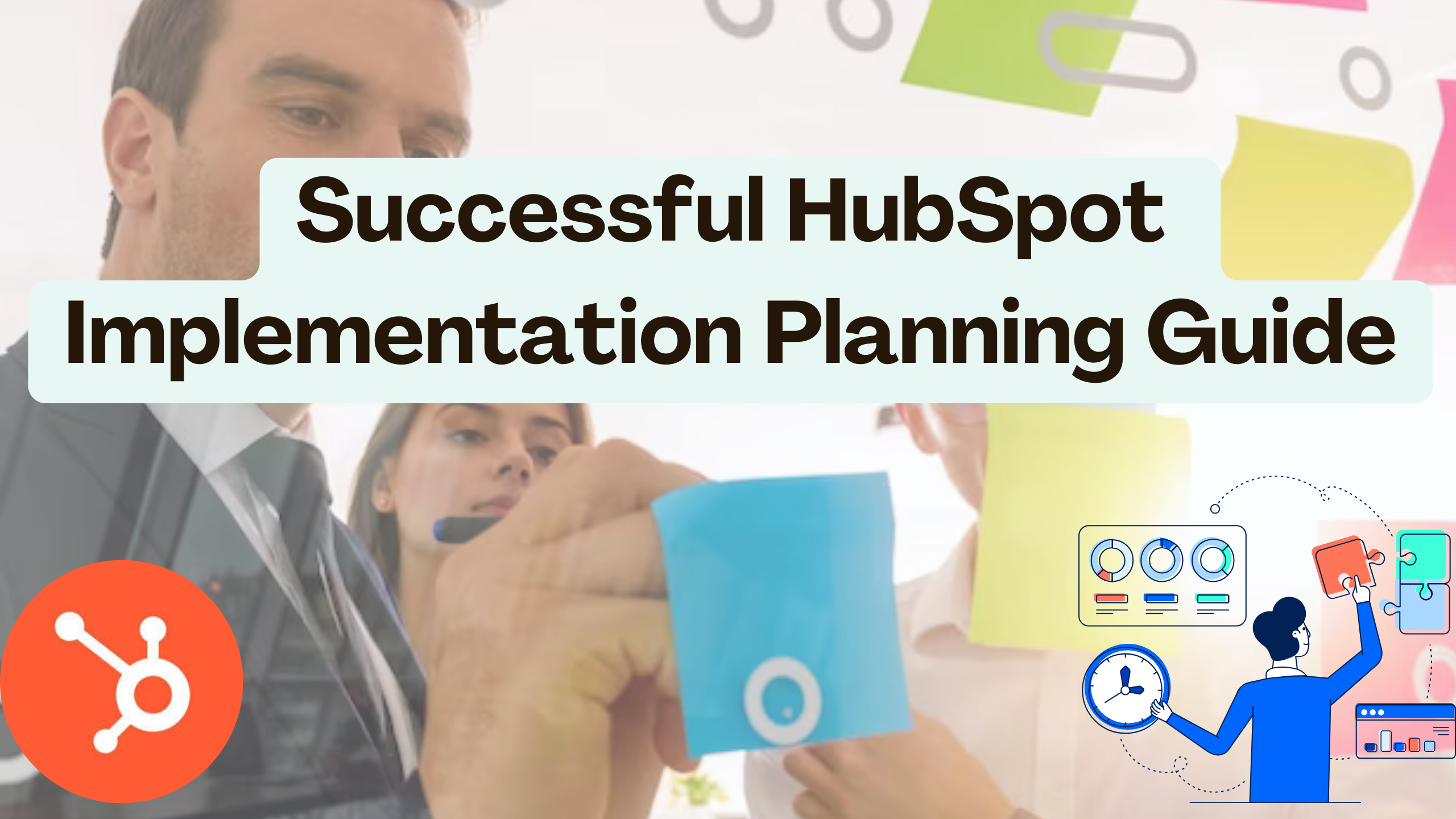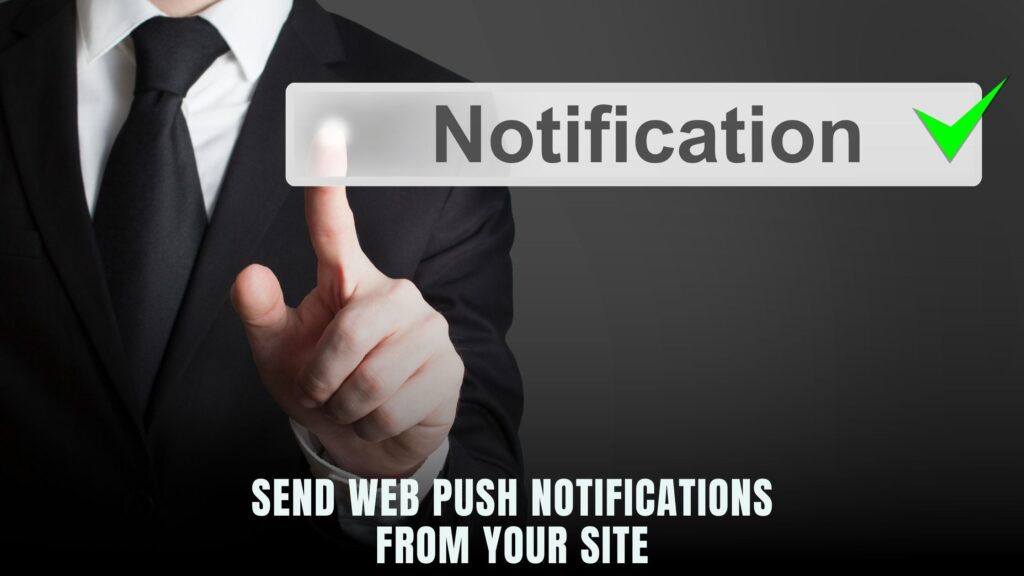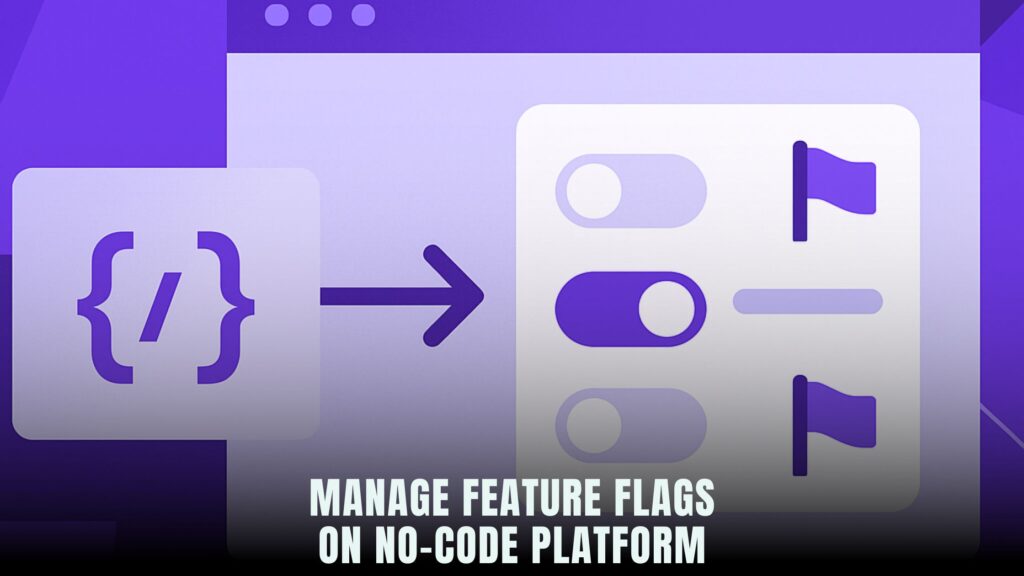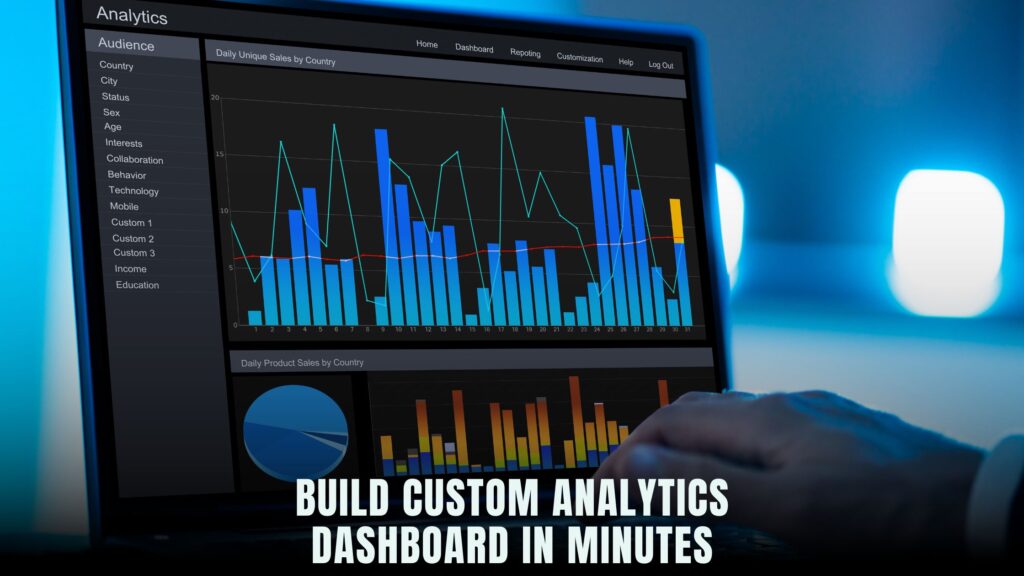Successful HubSpot Implementation Planning Guide
- Proposal Software Customer Relationship Management


Successful HubSpot Implementation Planning Guide
Implementing HubSpot can be a game-changer for your business, but proper planning is essential for success. In this comprehensive guide, we’ll walk you through the steps to plan a successful HubSpot implementation. Additionally, we’ll explore relevant SaaS products that complement the HubSpot ecosystem to optimize your marketing, sales, and customer service efforts.
Understanding Your Business Needs
Before diving into HubSpot implementation, it’s crucial to understand your business needs and objectives. Here are some key considerations:
- Define Your Goals: Clearly outline what you aim to achieve with HubSpot – whether it’s lead generation, marketing automation, or customer relationship management.
- Assess Your Processes: Identify existing marketing, sales, and service processes to tailor HubSpot to your workflow seamlessly.
Selecting the Right HubSpot Products
HubSpot offers a suite of products designed to streamline your business operations. Choose the ones that align with your goals:
- HubSpot Marketing Hub: Drive traffic, convert leads, and measure your marketing efforts.
- HubSpot Sales Hub: Streamline your sales process, automate tasks, and close deals faster.
- HubSpot Service Hub: Provide exceptional customer service with ticketing, knowledge base, and customer feedback tools.
Building Your HubSpot Implementation Team
- Assign Roles: Define responsibilities for each team member involved in the implementation process, including marketers, sales reps, and IT professionals.
- Training: Ensure that your team is well-trained on HubSpot functionalities. Leverage resources like the HubSpot Academy for comprehensive training.
Integrating HubSpot with Essential SaaS Tools
To maximize HubSpot’s potential, integrate it with other SaaS products that enhance its capabilities:
- Zapier: Connect HubSpot with thousands of other apps, automating workflows and data transfer.
- Wistia: Integrate HubSpot with Wistia for advanced video analytics and personalized video content.
- SurveyMonkey: Collect customer feedback seamlessly by integrating HubSpot with SurveyMonkey.
Measuring and Improving
- Set Key Performance Indicators (KPIs): Establish measurable KPIs aligned with your business goals to track the success of your HubSpot implementation.
- Regular Audits: Conduct regular audits to identify areas for improvement and ensure that your implementation evolves with your business needs.
Conclusion
By following this HubSpot implementation planning guide, you lay a solid foundation for success. Remember, ongoing refinement and adaptation to your business needs are key to unlocking the full potential of HubSpot.
Optimize Your HubSpot Experience with Subscribed.FYI
Managing your SaaS stack is essential for overall efficiency. Subscribed.FYI provides a centralized platform for freelancers and small teams, offering insights and deals on 100+ SaaS tools.
Incorporating Subscribed.FYI into your HubSpot implementation ensures that you have the right tools at your fingertips. Sign up today and unlock a world of insights and savings tailored to your business needs.
Relevant Links
- HubSpot Marketing Hub
- HubSpot Sales Hub
- HubSpot Service Hub
- HubSpot Academy
- Zapier
- Wistia
- SurveyMonkey
- Subscribed.FYI











